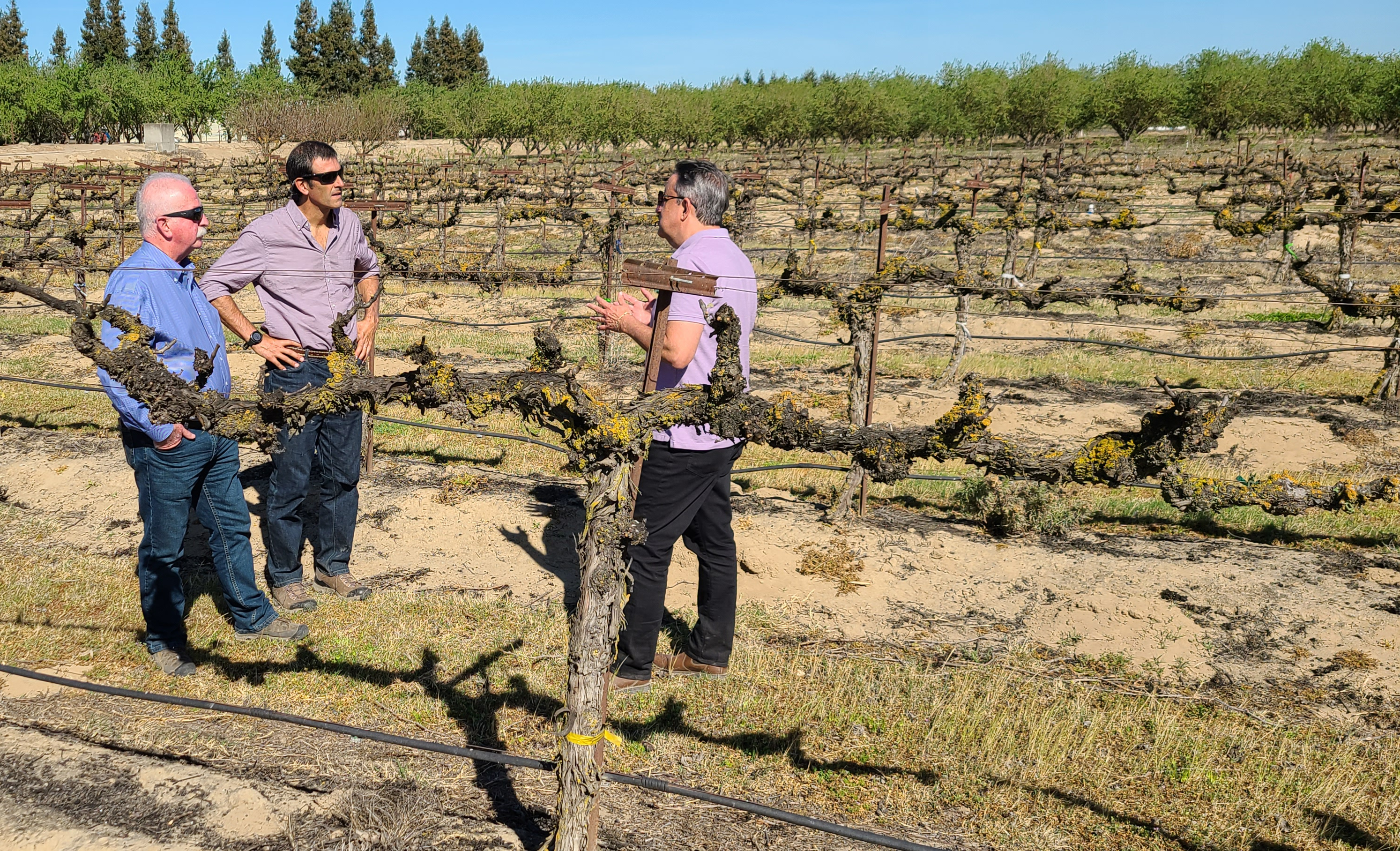
While the U.S. government’s “Sustainability Primer” defines three pillars as Environmental, Social and Economic, at AgriThority® we believe sustainability in agriculture requires Practical, Productive and Profitable systems. We are devoted to the development of agricultural innovations to ensure practicality and productivity. For growers, sustainability is at the core of their operations to ensure profitability and longevity of their operations as well as the productivity of their land.
Sustainability and production challenges facing modern agriculture are important as is the ever-challenging lack of consumer education about where and how food is produced by land stewards.
The major issues in agriculture revolve around profitability. The continual evolution of advanced technologies allows improvement in efficient, effective, and regenerative practices that focus on soil health, crop yields, water, and nutrient use. While none of these topics are new to the farmer, the concept of regenerative agriculture is now attracting a broader audience.
An example is the General Mills pledge of $2 million “to support development of tools and resources for farmers, landowners and supply chain leaders to achieve widespread adoption of soil health practices.” Their stated objective is to “advance regenerative agriculture practices on one million acres by 2030.” Their program approach accounts for the unique characteristics and challenges of each farming operation, be it climate, soil type, topography, crop history, markets, labor, or equipment. These and many other factors are the reality that all growers face as they strive to produce for their family, their community, and the people of the world every season.
Another aspect of agriculture making news is company carbon credit programs with at least 75 companies participating so far. In 2021, voluntary carbon credit trade exceeded $1 billion. McKinsey estimates by 2030, the market could be worth as much as $50 billion.

AgriThority has an increase in development projects that quantify carbon sequestration in corn and soybeans, which will continue to be more important as farmers look to take advantage of these new streams of revenue.
The complexity and variability of growing plants or animals that feed, clothe, and fuel the population is also the basis of our work in product, business, and market development. For our innovative clients, our systematic and disciplined approach helps them demonstrate the value of their discovery through practical, real-world application and evaluation.
Our belief in the pillars of practical, productive, and profitable agriculture drives our passion for technical development, as well as business and market development that improves success at many levels of the industry. Reach out for more information today.
Forward-thinking agriculture experts with deep scientific experience are the core of AgriThority®. As an independent global science consultancy, we focus on exploring potential, expanding market access and evolving production for greater food security and sustainability. When your Research is ready for Development, turn to AgriThority for scientific business, market and product expertise.




